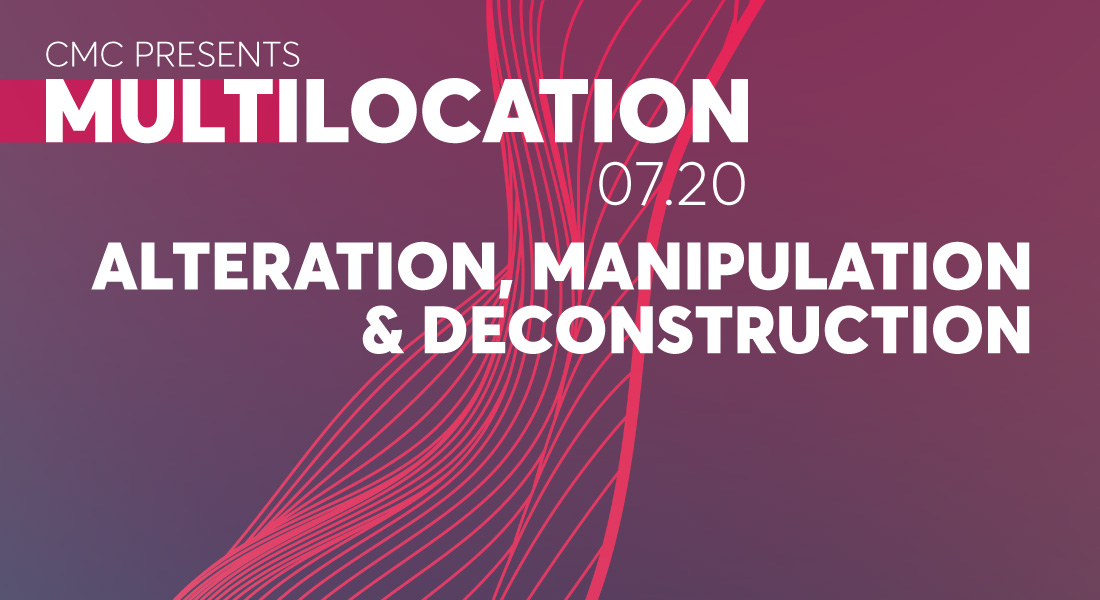Micro-tonality | The tuning of a Bass Piano is usually fairly unstable, and will shift slightly throughout a performance. The pitch of one note will even change depending on how hard the hammer strikes the string. With a more forceful blow, the hammer will actually bend the string, which increases the tension and raises the pitch.
The fluid tuning of the Bass Piano, coupled with the standard equal tempered tuning of a regular piano can create many variations of microtonal scales when playing at the same register.
We can also explore pitch bending techniques. By simply tuning a note with the tuning hammer on the tuning pin there is a range of over an octave. I can also use the flat part of the tuning hammer on the string in a slide guitar style pitch bend. Using fingers or toes to bend the string dampens the tone somewhat and allows for considerable pitch alteration due to how loose the strings are.
Inharmonicity | Inharmonicity is a major factor in the unique timbre of the Bass Piano, as loosening the strings increases inharmonicity drastically. Inharmonicity is the departure of the frequency of overtones away from ideal whole multiples of the fundamental frequencies. In essence, with high amounts of inharmonicity, the overtones (or harmonics) are “out of tune.” On a normal full sized upright piano the upper overtones might deviate about 10 to 30 cents from an ideal overtone. In a Bass Piano some of the overtones can be up to 250 cents sharp, which is two and half semi tones!
Extended Techniques | It is all too common these days to see vintage 100 year-old pianos listed as free or getting tossed in the dump. They are deemed to be at the end of their life and not worth restoring. But, there are many exciting manipulations and deconstructions possible on them that you won’t normally do to a newer instrument. This opens up an opportunity for more extreme extended techniques and alterations, such as pitch bending, mechanical or physical chromatic glissandos above the keys, foot contact with strings below key bed, and manipulation of the action (producing muted “blocking”, double hitting, percussive mechanical action sounds, action removal for more access to strings, and the “88 note chord”). When manipulating the piano’s action, many of the sounds have a mechanical feel, producing chromaticism and clusters that are reminiscent of the impossible sounds in a Conlon Nancarrow player piano piece.
Mechanical Constraints and Colonialism | The piano and other keyboard instruments are constantly locked into equal temperament tuning. Most other instruments can bend notes and tune to instruments and players around them. The Bass Piano starts to open up this inherent keyboard constraint, but in an uncontrolled way. It is a step towards breaking the piano free.
Pianos and keyboard instruments in general (organs, harpsichords, etc.) are a unique instrument when viewed in a global context. Wind and string instruments have ancient roots and similarities across many cultures. Even in the modern Western orchestra, the instruments are producing sound through direct contact between the performer and the resonating body of the instrument. The simplicity of a string being amplified by a resonating body or a vibrating reed in wind instruments can be traced back to the origins of humans making music.
Keyboard instruments always strike me as a mechanical western invention where there is a separation between the performer and the resonating body. A key is pressed and a mechanical device creates the sound. One does not need to learn how to make a tone, like a string player would learn bowing technique or a wind player would learn about embouchure. On a piano anyone can press the button and the machine will produce a pleasant sound. My hope is for pianists to experience and interact with the whole piano and utilize the mechanical aspect as part of the instrument.
I cannot help but see how this instrument is intrinsically linked to colonialism and the industrial revolution. The organ and the piano have played a central role in modern Western religion and have spread throughout the world by missionaries and colonial settlers. The piano only became a common household entertainment device through the “advancements” of the industrial revolution. This is not an instrument hand crafted by a luthier, it is a machine with hundreds of identical parts that rely on a factory system to be able to manufacture it at an affordable price. The “golden era” of piano making crescendoed in tandem with the spread of the industrial revolution and the invention of Interchangeable Parts (the process of mass-producing parts by labourers popularized in America by weapons manufacturers).
I have been grappling with this history as we are all faced with a larger, long overdue reckoning around Indigenous rights and colonialism. My practice of deconstructing the piano is both literal and metaphorical. I am unraveling my own roots and the history of this mechanical instrument as an attempt to free it from the constraints of equal temperament, expose its vulnerabilities, grapple with its problems and bring in more dissonance. More Dissonance!
~ Andrew Wedman, July 2021




